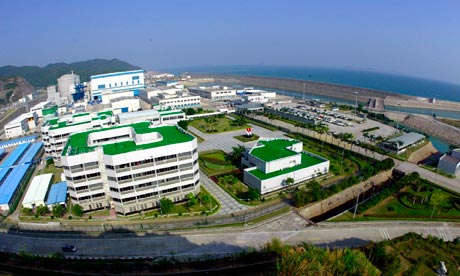I love Brit speak. Some groups are not undecided they are mulling things over. Anyway there is a great list at the end of this article so go check it out.
http://citizenactionmonitor.wordpress.com/2010/09/23/canadas-transition-communities/
Canada’s Transition Communities
No 67 Posted September 23, 2010
IMPORTANT UPDATE, Jan. 7, 2011: Ten *NEW* communities added to the List of Canadian Transition Communities (below).
What is a Transition Community?
The following text is excerpted and adapted from Ball’s research paper, Transition Towns: Local Networking for Global Sustainability?
The Transition Movement, promoting an action-based approach to (local) sustainability, has in the past four years grown to incorporate a large network of individual Transition Initiatives. Informed by ideas and values within environmental organizations, yet, in its practical organisation it is distinct from past models of sustainability by incorporating broad grassroots support in a diverse range of places within the framework of a coherent networking model.
Sustainability challenges the dominant, market-based capitalism of industrial society, on economic, social, environmental and ecological grounds, citing devastating ecological and environmental exploitation. Sustainability, in contrast, calls for production and consumption within long-term ecological limits.
While local sustainability has become a politically important goal, in practice neither top-down government nor grassroots community models have gained widespread uptake or success: the former have failed to connect with or involve a grassroots public; the latter generally have few resources and limited capacity.
The Transition Model, a non-governmental community-led model, advances an action-based approach. With its fast-growing network of Initiatives, the Transition Movement is akin to a non-profit franchise operation, combining the advantage of a centralized support base with the capacity and resources of a decentralized networking organization.
The Transition concept, co-founded by Rob Hopkins, who has a background in permaculture, builds upon a core thesis: that the modern industrial capitalist economic and social system, based upon cheap oil and resources, is unsustainable, making a major restructuring of economy and society imperative, and inevitable. Transition contends that citizens and communities need to act proactively and positively at the local scale, in a process of ‘Transition’ and ‘Powerdown’ to build localized and resilient communities in terms of food, energy, work and waste. The vision holds that decarbonized local communities will be resilient in their capacity to “hold together and maintain their ability to function in the face of change and shock from the outside.” Transition is modelled to be a self-organizing community-led model, for people to “act now and act collectively.”
:}
More tomorrow.
:}








